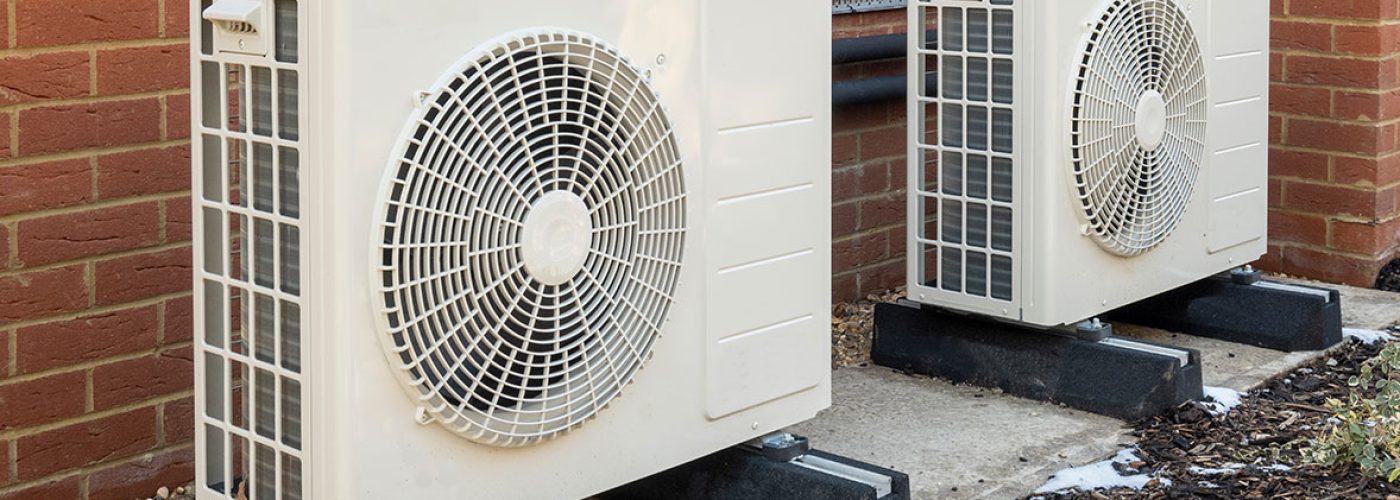The construction industry is undergoing a significant transformation driven by the need to reduce carbon emissions and increase energy efficiency. This shift is not just about adopting new materials or changing designs; it’s about integrating advanced technologies that can lead to more sustainable and efficient homes and buildings. One of the most promising developments in this arena is the adoption of innovative heating and cooling systems, specifically air source heat pumps (ASHPs), which are playing a pivotal role in this green revolution.
The Role of Air Source Heat Pumps
As the industry shifts towards more sustainable solutions, air source heat pumps have emerged as a frontrunner due to their efficiency and versatility. These heat pumps operate by extracting heat from the outside air, even in cold conditions, and using it to heat indoor spaces.
They require significantly less electricity compared to traditional heating systems and can substantially reduce a building’s carbon footprint. Moreover, air source heat pumps can be reversed in the summer to cool buildings, providing a year-round climate control solution. This dual functionality not only makes them an attractive option for property developers but also aligns with increasing regulatory demands for energy-efficient buildings.
Energy Efficiency and Cost Savings
One of the primary appeal factors of air source heat pumps is their potential to lower energy bills. These systems are particularly efficient in moderate climates, making them ideal for a significant portion of the U.S. market. For property developers, integrating ASHPs means constructing buildings that are inherently more attractive to buyers who are conscious of both their environmental footprint and their utility expenditures.
Moreover, the initial investment in ASHP technology can often be offset by the long-term savings and potential tax incentives offered for green building practices. Property developers are not only able to market these savings as a benefit but also contribute to broader environmental goals, making developments appealing on multiple fronts.
Enhancing Green Building Standards
Incorporating air source heat pumps into new developments is increasingly being recognized as a standard component of achieving green building certifications. These standards are crucial for developers looking to capitalize on the growing market for sustainable housing and commercial spaces.
Beyond certification, ASHPs help builders meet stricter building codes that are being updated to reflect new environmental targets. States like California, known for their aggressive climate policies, are setting examples that others are beginning to follow, pushing more developers nationwide to consider ASHPs as a default option.
Market Response and Consumer Demand
As awareness of climate change increases, so does consumer demand for eco-friendly homes. A survey by the National Association of Home Builders revealed that a vast majority of homebuyers consider environmentally-friendly features as significant factors in choosing a home. In response, property developers are increasingly advertising the inclusion of ASHPs and other green technologies as key selling points.
Moreover, certain market segments, particularly millennials and Gen Z buyers, prioritize sustainability not only in their lifestyles but also in their investment choices, including real estate. This shift in consumer preferences is prompting developers to adapt quickly to incorporate reliable and efficient solutions like air source heat pumps in their projects.
Challenges and Opportunities Ahead
Despite the advantages, the introduction of ASHPs in construction projects does face some challenges. Installation can be complex, requiring specific expertise that not all contractors currently possess. Additionally, the upfront cost can be a barrier for some projects, although this is gradually being mitigated by lowering costs and increasing government incentives.
Nevertheless, these hurdles present opportunities for growth within the construction industry. As more professionals are trained in ASHP technology and more manufacturers enter the market, the costs are likely to continue to decrease, making these systems even more accessible.
In conclusion, the green revolution in construction is picking up pace, and air source heat pumps are at the forefront of this movement. By offering significant energy savings, helping meet regulatory requirements, and appealing to eco-conscious consumers, ASHPs are reshaping how properties are developed. As the industry adapts to these changes, the future looks promising for both the planet and property developers who are ready to embrace these new technologies.





